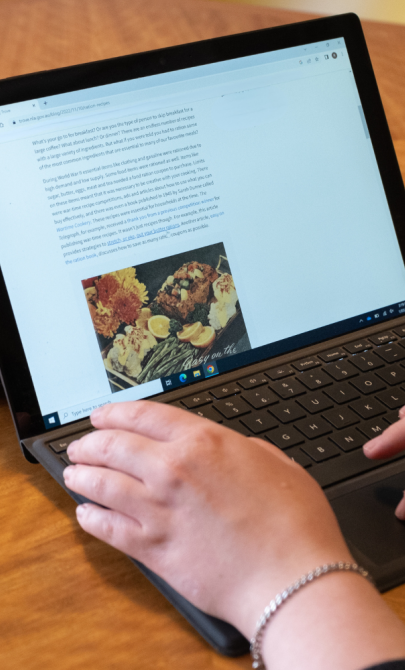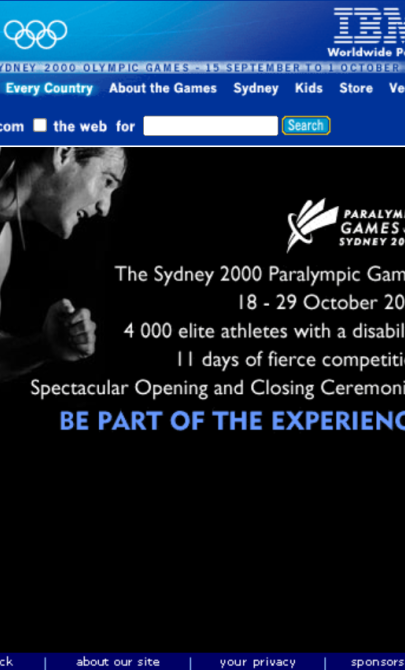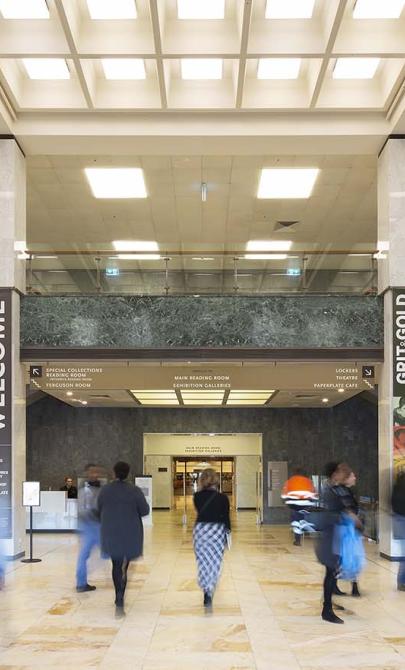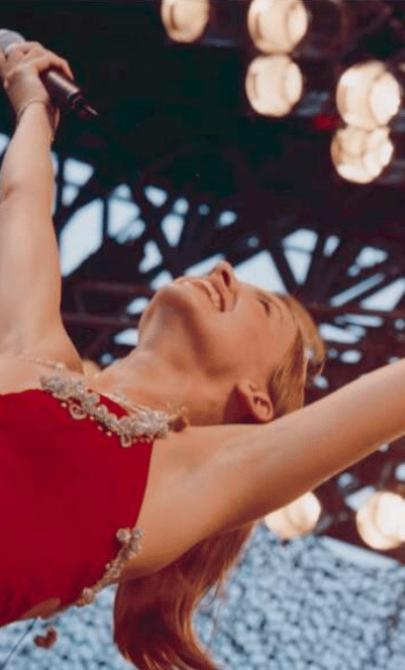2019 blogs
December
- Summer of Stories: Unique to Australia
- Summer of Stories: A Spoonful of Magic
- Map Highlights at the NLA
- Summer of Stories: Childhood Revisited
November
- Summer of Stories: Playing Favourites
- The Lost Thing
- Desperately seeking secondary sources
- Stretch your imagination
October
- Spooky Reads
- Improving records for First Nations collections
- Hiroshige : 100 famous views of Edo
- The 'Gentlemen' Convicts
- NLA Fellowships in 2019
- 1989 Grandfinal: The Stuff of Legends
- The world of library cards
September
- Digitising our collections
- Treasures for Little Hands
- What's a Mappening
- Privateers, Corsairs and Sea Rovers
- From the horse's mouth
- Rediscovering children’s books as an adult
- New eResources portal
August
- Le Malingre Cryptogame
- Commonwealth Electoral Rolls for family history
- When NED rode into town
- 'I wanted to better understand who I am...'
- Exiles of Erin: Irish Transportation Registers
July
- Uncovering your family at the National Library
- Guy Menzies: A Rebel at Heart
- NAIDOC week display
- A la française: Francophile resources @ the NLA
- An Antarctic Adventure
- Writing Australia's First Naturalists
June
- Author Q&A: Matthew Evans
- A Genealogy of Thrones
- What to do with the kangaroo?
- Preserving our collections part 3
- Librarian-recommended reads
- Australian Joint Copying Project Reimagined
- Visiting Other Worlds
- Urban foraging for zines
May
- Questions we (sometimes) can't answer
- Decolonising Historical Maps
- Preserving our collections part 2
- Australia for the white man
- An Act of Betrayal
April
- WANTED: your 2019 federal election ephemera!
- Cadets lead the march to preserve military journal
- Preserving our collections part 1
- What is a micro fish?
- Risks of the job
- Inked Play
- Fracturing the silence
March
- The Maker’s Marks
- The most wondrous part of our globe
- Walkabout
- Dolly
- Preserving Australia's Web History
- Inked Australian Cartoons
- This one is for you, Granddad
- Voyage art in Cook and the Pacific part 3
- Voyage art in Cook and the Pacific part 2
- Voyage art in Cook and the Pacific part 1
February
- Curator’s choice
- Frank Hurley
- Lesbians on the Loose
- Love & Marriage
- Love & Lust in the Library
- NLA Fellowships in 2018



